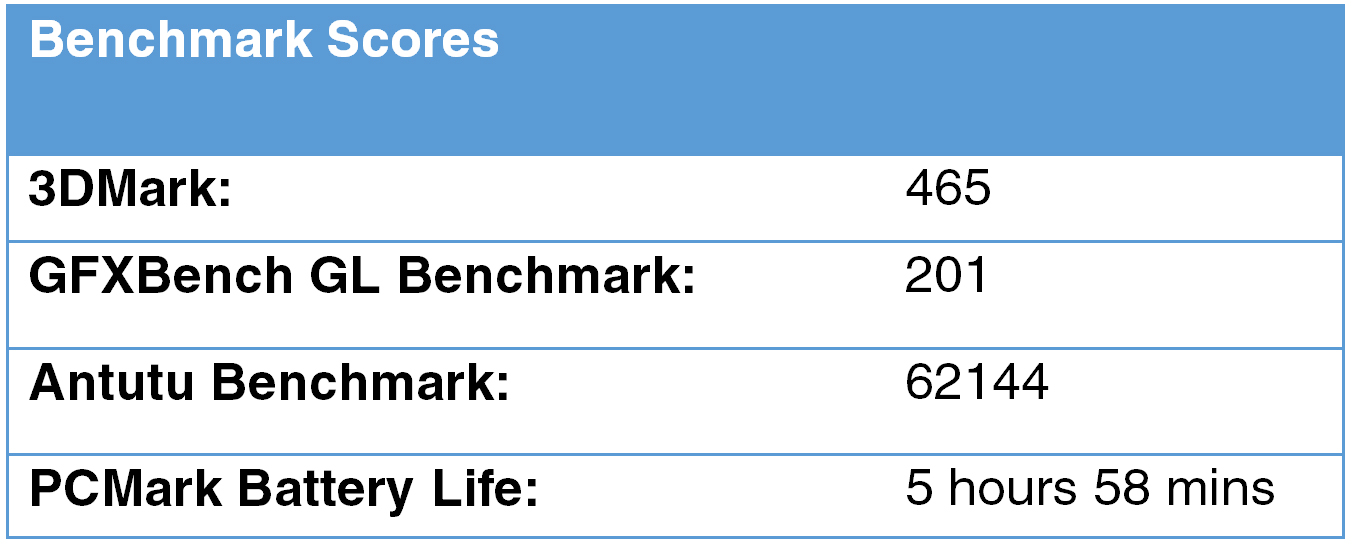Review: Asus Zenfone 3, not quite incredible
By Ajith Ram November 24, 2016
COMPARED to the rest of the PC industry, Asustek is having a good time these days. The company recently reported net profits of US$187.75 million for the third quarter of 2016, up 45 percent on the last quarter and 42 percent on last year.

According to Counterpoint Research, in 2015, Asustek was the fastest growing smartphone brand. Led by the Zenfone 2, shipments grew 500 percent compared to 2014. This year's charge is led by its successor, the Zenfone 3, which we are reviewing today.
Design
If imitation is the highest form of flattery, then Samsung should take great pride in the products of its competitors. After Huawei with the Honor 8, it is now Asus's turn to copy Samsung A series phones. With 2.5D glass panels on both sides, the Zenfone 3 like the Honor 8, is a dust and fingerprint magnet. It is also very smooth - perhaps too much so.

Available in moonlight white, shimmer gold, aqua blue and sapphire black, the phone reminds you a lot of the company's Zen laptops and ultrabooks. At certain angles, with the light glinting off the rear, the Zen design with concentric circles is clearly evident. The fact that the Zenfone 3 is a beautiful-looking device should definitely aid sales.
The power and volume buttons reside on the right edge while the bottom houses the USB Type C reversible connector and speaker. Although still mono, the speaker supports 192KHz/24-bit high quality audio. The fingerprint reader is below the rear camera bulge.
Display Matters
Like the Honor 8, the Zenfone 3 has a Full HD LCD display. At 5.5 inches, it is 0.3 inches bigger than the Honor device. Bright and clear, it has excellent viewing angles and displays a wide gamut of colours.
Internal Hardware
The Zenfone 3's predecessor sported an Intel Atom Z3580 processor and a GPU from Power VR. With the Atom processors being phased out, a CPU successor from Intel was never going to be possible. Instead, Asus has opted for a Snapdragon 625 SoC from Qualcomm. The SoC has an octa-core CPU running at 2.0GHz and an Adreno 506 GPU.
The basic version of the new phone comes with 3GB of RAM and 32GB of storage. The more expensive version has 4GB of RAM and 64GB of app space. If you require additional storage, the second SIM slot can host a microSD card up to 256GB.
The rear camera has a 16 megapixel resolution while the front camera is limited to eight megapixels. None of these specifications are particularly breathtaking.
Battery and Performance
Just like the Honor 8, the Zenfone 3 has a 3,000 mAh battery. In our battery life test, the Asus phone lasted five hours and 58 minutes - 32 minutes more than the Huawei device and about 20 minutes behind the ZTE Axon 7.
But unfortunately, application performance is well behind the competition. In our graphics and application benchmarks, the Zenfone 3 came out about 25% to 40% slower than the Honor 8 and over four times slower than the ZTE Axon 7.
Audio is loud, but hardly exceptional. The Zenfone 3's mono speaker is no match for the high fidelity sound offered by the Axon 7.
Photos taken with the Zenfone 3 are equally unimpressive. Colours in daytime photos appear slightly muted.
For comparison, see this daytime photo taken with the Zenfone 3.

And this one taken with the older Galaxy Note 5.

Night photos also have significant noise and not much detail in the shadow regions. See the night photo below taken with the Asus phone.

And this one taken with the Note 5.

Software
Although the final photos do not reflect it, the Zenfone 3's camera app has some interesting features. Along with a colour correction sensor and a fast autofocus system, it also offers good control over ISO and exposure. The front camera has a 'beauty' mode for selfie fans. But compared to the Oppo F1's selfie quality, this is not too impressive.
The phone ships with Android Marshmallow and the Asus's ZenUI 3.0 sits on top of it. If you are a control freak, you will be impressed by the level of customisations on offer. One of the more useful apps bundled with the phone is the Mobile Manager which allows you to control notifications and app settings via a single interface.
The EA game, Need for Speed: No Limits, comes pre-installed along with a number of useful themes.
Conclusion
The basic version of the Asus Zenfone 3 is available for around RM1,500 from online vendors. This puts it in the same price range as the Honor 8 and the ZTE Axon 7.
And that is the real issue. The device is too pricey for the features on offer. While it is not a 'bad' phone by any means, like the Honor 8, it has too much of a 'me too' feel about it. With no clear standout features, it is hard to recommend the Zenfone 3 when there are better choices in the same price range.
Rating: 3 out of 5


Related Stories:
Review: STOM Spectrum i100, cheap and useful
Review: Xiaomi Redmi Note 3’s bang for the buck
Review: ZTE Axon 7, behold the new performance champion
For more technology news and the latest updates, follow us on Twitter, LinkedIn or Like us on Facebook.


